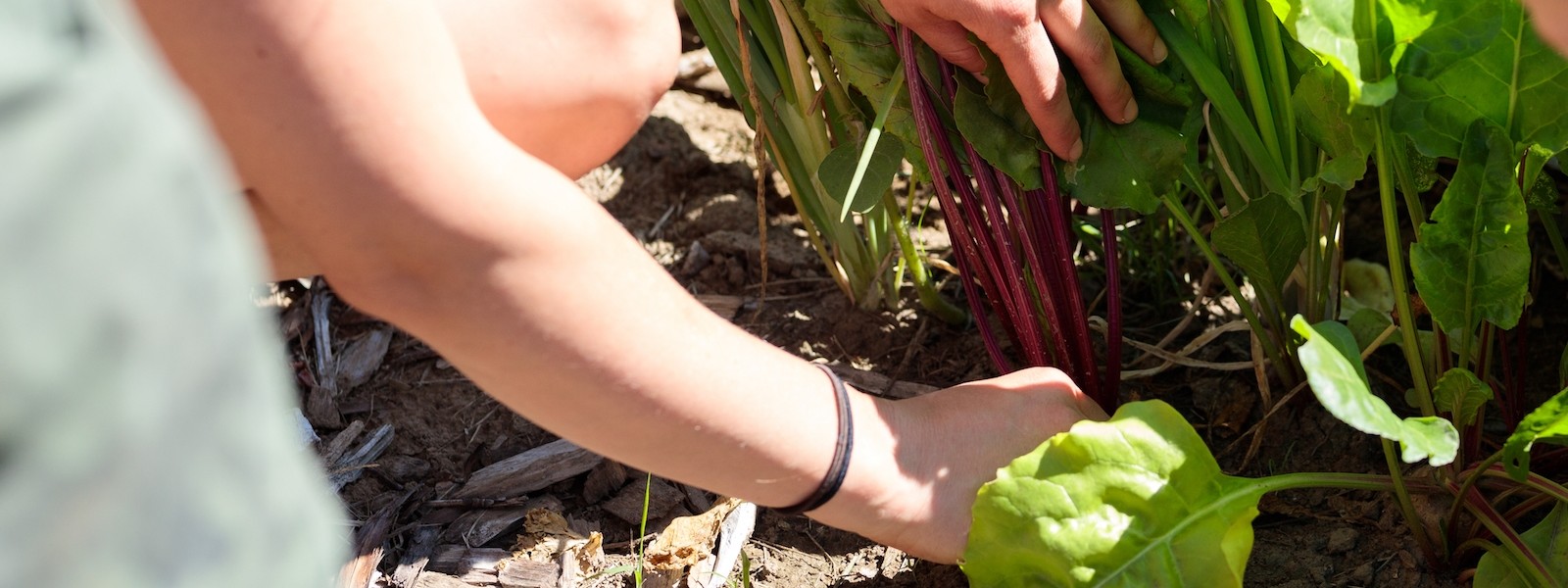The Living Soil - Microorganisms
Did you know that there is more life below the surface of the soil than above it? In a single tablespoon of soil, there are 50 billion microbes alone. Although invisible to the naked eye, microorganisms are essential to healthy soils because they effect its structure (or tilth) and fertility.
What are microorganisms?
Microorganisms are microscopic organisms that live in every part of the biosphere including on the ocean floor and high up in the atmosphere. They can be either single or multi-cell organisms and include all the bacteria, archaea, protozoa on the planet plus many types of fungi and algae.
Imagine a pinch a soil that weights no more than a paper clip. That soil contains:
- 3,000,000 to 500,000,000 bacteria
- 1,00,000 to 20,000,000 actinomycetes
- 5,000 to 1,000,000 fungi
- 1,000 to 500,000 protozoa
- 1,000 to 500,000 algae
- 10 to 5,000 nematodes
Why are microorganisms important?
Microorganisms play a key role in decomposition (the break down of organic matter) and the cycling of nutrients and water to our plants and crops. Decaying organic matter provides microorganisms with energy for their growth and supplies carbon for the formation of new cells. As microorganisms help break down organic matter, they release essential nutrients and carbon dioxide into the soil, fix nitrogen and help transform nutrients into mineral forms that plants can use through a process called mineralization. In addition, as these microorganisms move through the soil, they aerate it, helping to improve soil drainage and soil structure.
Because of the role microorganisms play in the environment, the “living soil” is one of the most valuable ecosystems on earth, helping to regulate the climate, mitigate droughts and floods and filter water.
How to Encourage Beneficial Microorganisms in Your Garden
Soil microorganisms need the same things we do to thrive: food, water and oxygen. Home gardeners can help encourage beneficial micro-organisms to improve their soil fertility and structure in several ways:
- Add compost to your garden. Because carbon is the primary energy source for microorganisms, they need lots of organic matter to thrive. Adding compost to your garden will ensure they have a steady supply of organic matter. Read our tip on how to compost.
- Plant in cover crops. Cover crops provide food for the living soil. Read our tips about cover crops to learn how to choose the right cover crops for your garden.
- Keep your soil well watered. Microbes thrive in moderate temperates and moist soils. If soil is left bare and dry, high temperatures can kill microorganisms.
- Avoid physical disturbances. Any time the soil is disturbed through tilling or compaction, for example, it disrupts the structure of the soil and habit of the micro-organisms living within it.
- Mulch your beds. Mulching with organic matter like leaves or pine needles helps retain moisture in the soil while adding organic matter back into the soil.
- Avoid pesticides. Chemical pesticides, herbicides, fungicides and fertilizers can devastate entire populations of micro-organisms in our soil. Choose organic fertilizers instead such as compost and manure which release nutrients into the soil over time and don’t leave long term residues like many chemical fertilizers.
Resources
- CMG Garden Notes
- Ohio State University Extension
- NC State University
- The Atlantic, June 2013

